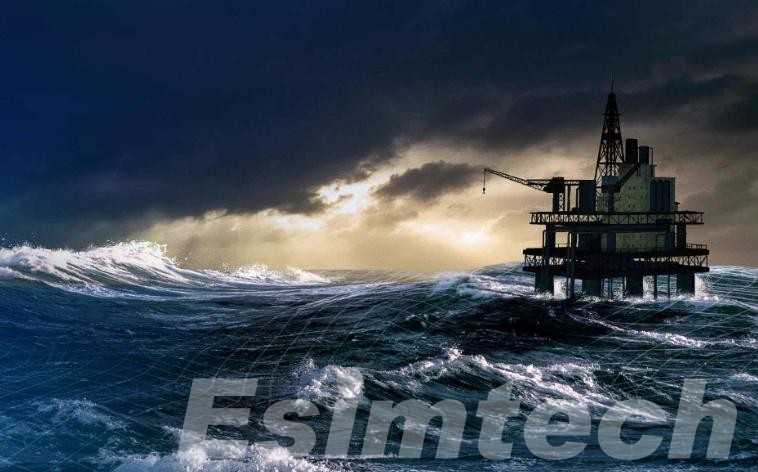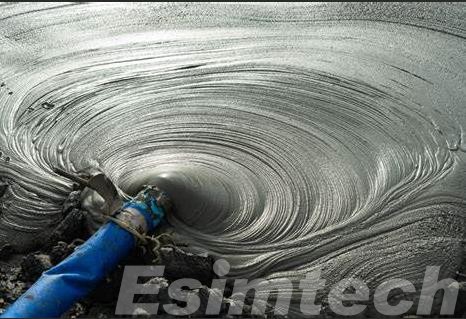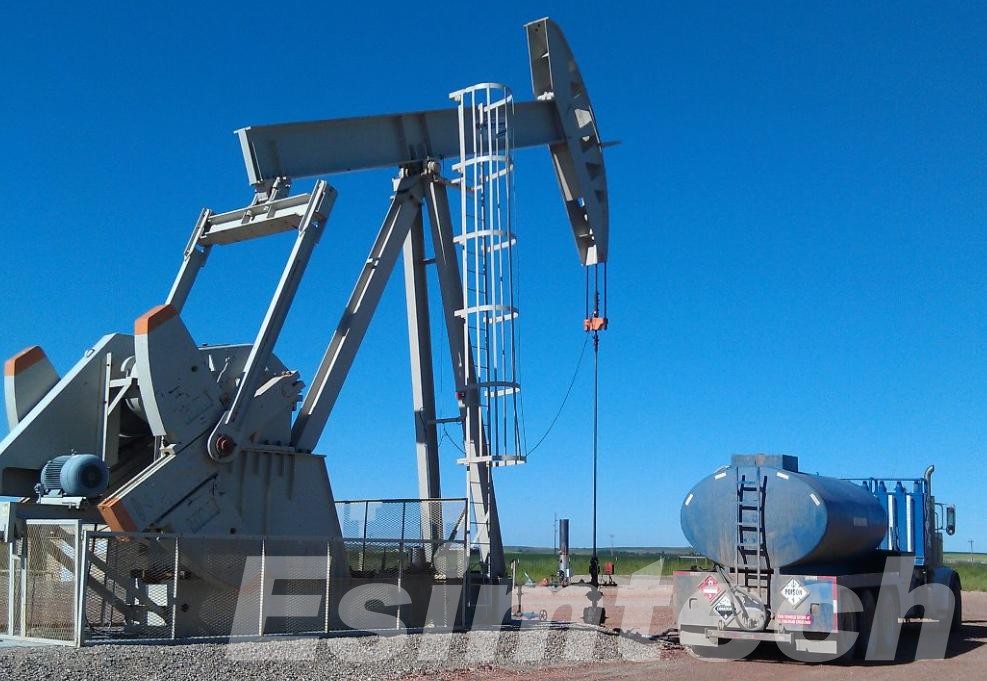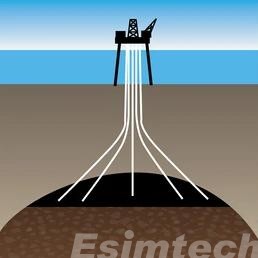Application of Well Control Technology in Deepwater Drilling
Deepwater drilling plays a crucial role in modern oil and gas exploration, allowing access to resources in challenging environments. However, drilling at these depths introduces significant well control challenges due to extreme pressures, temperatures, and complex wellbore conditions. Effective well control is essential to ensure the safety of operations, protect the environment, and maintain the viability of deepwater projects. This article explores these challenges, provides an overview of well control technologies, and discusses their application in deepwater drilling.

Main Types of Well Control Technology
Well control involves the prevention, detection, and management of unexpected pressure changes in a well, which could lead to a blowout or other dangerous situations. Various well control technologies are employed to maintain safety and integrity during these operations. Here are the main types:
Primary Well Control
Primary well control methods are the initial techniques employed to prevent and contain uncontrolled fluid flow from a wellbore. The most critical components of primary well control are the Blowout Preventer (BOP) and chokes.
- The BOP is a stack of valves and rams designed to seal off the wellbore in the event of a blowout. It typically consists of annular preventers, blind sheers, and ram preventers. Annular preventers seal around the drill pipe, while blind sheers can cut and seal the drill pipe if necessary. Ram preventers have two or three rams that can seal off the wellbore.
- Chokes are valves used to restrict the flow of oil and gas from the wellbore. They are often used in conjunction with BOPs to control the flow rate and pressure during a blowout. Chokes can be manually operated or controlled by automated systems.
- Kill mud is another essential component of primary well control. It is a heavy mud with a higher density than the formation fluid used to counteract pressure and control a kick (an influx of formation fluid into the wellbore). Kill mud is typically prepared by adding barite or other weighting agents to drilling mud.

The effective use of BOPs, chokes, and kill mud is crucial for preventing and mitigating the consequences of well control incidents. These primary control measures provide the initial defense against uncontrolled fluid flow and are essential for ensuring the safety of personnel and the environment.
Secondary Well Control
Secondary well control methods are employed when primary control measures fail to contain a kick or blowout. These methods typically involve manipulating wellbore pressure and fluid flow to counteract the uncontrolled influx.
- Wait-and-Weight Method: This technique involves shutting in the well and gradually increasing the mud weight. The heavier mud exerts greater hydrostatic pressure on the formation, counteracting the upward force of the kick. However, this method can be time-consuming and may not be effective for large kicks or high-pressure formations.
- Driller’s Method: In this method, the kill mud is circulated downhole to displace the kick fluid and restore wellbore balance. The mud’s density and flow rate are carefully controlled to avoid creating new kicks. This method can be more efficient than wait-and-weight for larger kicks, but it requires careful monitoring and control to prevent complications.

- Concurrent Method: This approach combines elements of both wait-and-weight and driller’s methods. It involves simultaneously increasing mud weight and circulating the kill mud. This can accelerate the process of killing the kick while minimizing the risk of formation damage. However, it requires precise coordination and control to avoid creating new kicks or damaging the wellbore.
Secondary well control methods are critical for mitigating the consequences of kicks and blowouts. However, they are often challenging and require a high level of expertise and experience. In some cases, tertiary well control measures, such as drilling a relief well, may be necessary to contain the situation.
Tertiary Well Control
Tertiary well control methods are employed as a last resort when primary and secondary methods have failed to contain a blowout. These techniques typically involve more invasive and costly procedures.
- Relief Well: A relief well is drilled to intersect the leaking wellbore. Once the intersection is achieved, kill mud or cement is pumped into the relief well to seal off the blowout. This method is extremely time-consuming and expensive, but it can be effective in controlling large-scale blowouts.

- Underbalanced Drilling: This technique involves drilling with a mud density lower than the formation pressure. By maintaining a lower pressure in the wellbore, it can help prevent fluid influx and reduce the risk of a blowout. However, underbalanced drilling also carries risks, such as wellbore instability and formation damage.
- Managed Pressure Drilling (MPD): MPD combines various techniques to control wellbore pressure. It can involve using downhole tools to monitor and adjust pressure, as well as using specialized drilling fluids. MPD can help prevent kicks and improve drilling efficiency, but it requires advanced technology and skilled personnel.
While tertiary well control methods are often the last line of defense, they can be crucial in preventing catastrophic events and mitigating environmental damage. However, it is always preferable to implement preventive measures and adhere to strict safety protocols to avoid the need for such drastic measures.
In addition to above well control techniques, there are several other technologies that can be used to enhance well control safety. These include wellhead isolation valves, surface safety valves, and emergency shutdown systems. Wellhead isolation valves can be used to isolate sections of the wellbore, preventing the spread of a blowout or isolating a damaged section. Surface safety valves are installed between the BOP and the wellhead to prevent uncontrolled flow. Emergency shutdown systems are designed to automatically shut down operations in case of an emergency, minimizing the potential for a blowout or other incident.
Application of Well Control Technology in Deepwater Drilling
Deepwater drilling, characterized by operations in water depths exceeding 1,500 feet, presents formidable challenges that demand advanced well control technologies. The unique conditions of deepwater environments—such as extreme pressures, temperatures, and the logistical difficulties of operating far from shore—necessitate specialized approaches to well control.
- Advanced Blowout Preventer (BOP) Systems: In deepwater drilling, the blowout preventer (BOP) is a critical defense against uncontrolled wellbore pressure. Unlike onshore or shallow-water BOPs, deepwater BOP systems are designed to withstand higher pressures and operate at greater depths. These systems are equipped with multiple redundant features, such as dual shear rams capable of severing drill pipe in an emergency. The BOP stack is positioned on the seabed and is remotely operated from the drilling rig, requiring highly reliable communication systems and constant monitoring to ensure functionality.
- Managed Pressure Drilling (MPD): MPD technology is increasingly utilized in deepwater drilling to maintain precise control over wellbore pressure. This technique involves continuously monitoring and adjusting the pressure within the well, allowing drillers to stay within the narrow margins between pore pressure and fracture pressure, which are often found in deepwater formations. By enabling more accurate pressure management, MPD reduces the risk of kicks—uncontrolled influxes of formation fluids—that could lead to a blowout.

- Riser Gas Handling Systems: The riser, which connects the subsea BOP stack to the drilling rig, plays a crucial role in managing well control in deepwater drilling. Riser gas handling systems are designed to detect and manage gas influxes that enter the riser. These systems safely vent gas before it can reach the rig floor, where it could pose significant safety risks. Integrating riser gas handling with BOP control systems ensures a coordinated response in the event of a gas kick, enhancing overall safety.
- Real-Time Data Monitoring and Control: The remote nature of deepwater drilling necessitates the use of sophisticated real-time data monitoring systems. These systems continuously transmit vital wellbore data—such as pressure, temperature, and flow rate—to the surface, where it is analyzed in real-time to detect early signs of well control issues. Immediate intervention based on this data is key to preventing blowouts. Additionally, remotely operated vehicles (ROVs) are often deployed to inspect and maintain subsea well control equipment, adding an extra layer of safety.
- Subsea Containment and Capping Systems: In the rare event of a blowout, rapid deployment of subsea containment and capping systems is critical in deepwater drilling. These pre-engineered systems are designed to seal the well at the seabed, preventing the uncontrolled release of hydrocarbons. The development, testing, and readiness of these systems have become integral to deepwater well control planning, particularly in response to high-profile incidents like the Deepwater Horizon disaster.
These technologies and techniques represent the cutting edge of well control in deepwater drilling. As exploration and production extend into even deeper and more challenging environments, the continued advancement and application of these well control technologies will be essential to minimizing risk and ensuring safe operations.
Conclusion
Well control technology is vital for the safety and success of deepwater drilling, where extreme conditions demand advanced solutions. Key technologies like enhanced BOP systems, managed pressure drilling, and real-time data monitoring are essential for maintaining well integrity and preventing blowouts. As deepwater exploration expands, these technologies will continue to play a crucial role in mitigating risks and ensuring safe operations.
